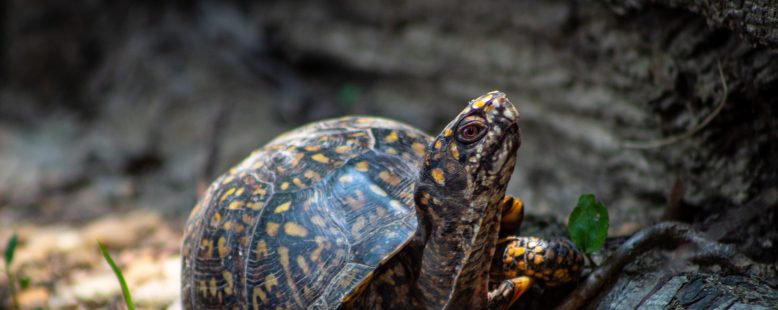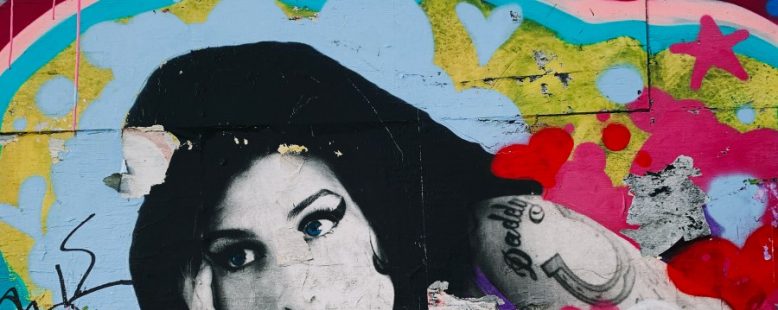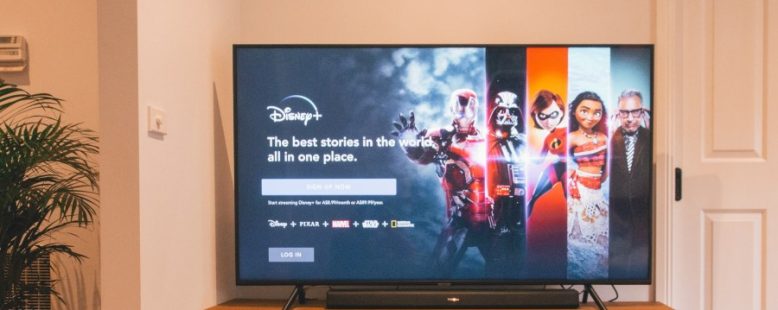Evolution. *Deep sigh.*
It’s right up there next to politics and religion on the list of things you probably shouldn’t talk about at the dinner table.
Perhaps it’s the nonmagical implications that cause a stir — the answer it offers to the ageless where do we come from question. Or perhaps because it’s so dang personal.
Whatever the case, it gets people talking. And lots of talk, especially online, often leads to false information.
In an effort to wade through some of the confusion, we’ve cleared up five of the most common myths surrounding evolution.
It’s part of a new series we’re trying out, called Debunked, where we’ll tackle the misconceptions that matter most to you — in culture, tech, education and beyond.
Any myths you’d like to see debunked? Tell us in the comments below and we’ll try to include them in future posts.
Myth 1: It’s just a theory

Image: Imgur, simpleinsomnia
The truth: The word “theory” has a different meaning inside the scientific community than it does elsewhere.
In everyday language, you and I would use “theory” to describe a whim feeling: a theory that eating the crust on your sandwiches makes you taller, or, say, that Marty Hart’s daughter on True Detective was actually involved with the Tuttle clan the whole time (pshh).
Either would totally work in this case. In the general sense, an idea doesn’t necessarily need to make sense, or even be true, to be considered a theory.
A scientific theory, on the other hand, refers to a comprehensive explanation for a variety of phenomena.
It begins as a hypothesis. Then, if enough evidence exists to support it, through repeated and thorough testing, it moves to the next step in the scientific method — a theory — where it is accepted as a credible explanation.
One example is atomic theory, which shows how matter is composed of atoms.
Evolution, similarly, is accepted by the vast majority of scientists and backed up by research in fields such as embryology, molecular biology and paleontology.
(For example, it’s more than a feeling.)
Myth 2: Humans are not currently evolving

Image: Imgur, Vinoth Chandar
The truth: We are still evolving biologically.
One example: Long ago — 2,000 years ago, to be exact — most humans couldn’t consume milk past the age of five. The majority of everyone’s production of lactase, the enzyme that allows mammals to digest the lactose found in milk and other dairy products, rapidly slowed at that age.
Then, sometime around 10,000 B.C. near modern-day Turkey, a genetic mutation in one human changed the lactase production. The gene passed. Over the next few thousand years, it continued to spread, and soon most people in the Eurasia region could spend their entire lives drinking milk.
Myth 3: Individual organisms can evolve in a single life span

Image: Imgur, woodleywonderworks
The truth: Evolutionary change refers to transformations in the genetic makeup of populations over generations, not lifetimes.
So entire populations, not individual organisms, evolve. And it takes a while.
New gene variants are produced by random mutation. Over the course of time — many, many generations — natural selection favors the most advantageous ones.
This causes them to become more common in the population (again, over time).
Myth 4: Evolution isn’t science because it’s not observable or testable

Image: Imgur, Martin Cathrae
The truth: Not all science investigations involve direct experiments.
Evolution can still be studied with controlled experiments in, say, a laboratory setting. Using organisms with short life spans, such as bacteria or flies, scientists can actually observe evolution over the course of an experiment.
One example you’re probably familiar with: antibiotic resistance.
Antibiotic resistance evolves via natural selection of random mutation. After exposure to one or more antibiotics, some subpopulations of microorganisms are able to survive, spawning the nickname “superbugs.”
It’s the reason doctors are constantly having to develop new antibiotics — and a direct consequence of evolution via natural selection.
With that in mind, says Marcus Kronforst, Ph.D., assistant professor of ecology and evolution at the University of Chicago, it’s important to always take the full course of antibiotics you’re prescribed. Stopping antibiotics early kills some, but not all, the bacteria, which generates natural selection for superbugs.
You should also stray from taking antibiotics for the cold or flu, says Kronforst. The cold are flu are both viral infections, and unnecessary use of antibiotics is the root cause for all types of resistance.
Myth 5: Humans can’t have evolved from monkeys because monkeys still exist

Image: Imgur, Gemma Stiles
The truth: Humans didn’t evolve from modern monkeys; they just share a common ancestor.
At some point 5 to 8 million years ago, a common ancestor strayed into the two separate lineages we see today.
The species at the end of these lineages, humans and modern apes, are the results of a specific combination of selection and genetic mutations over millions and millions of years.
It’s a two-way split: That’s why there are both humans and modern monkeys today. You can think of as a branching family tree rather than a continuum.
Through the very long process of evolution, or “descent with modification,” the common ancestor of life as we know it kickstarted every living species we see today.
Special thanks to Marcus Kronforst, Ph.D., and Jerry Coyne, Ph.D., from the University of Chicago. Coyne’s book, Why Evolution Is True, is available on Amazon.
BONUS: How to 3D Print a Dinosaur
Have something to add to this story? Share it in the comments.












